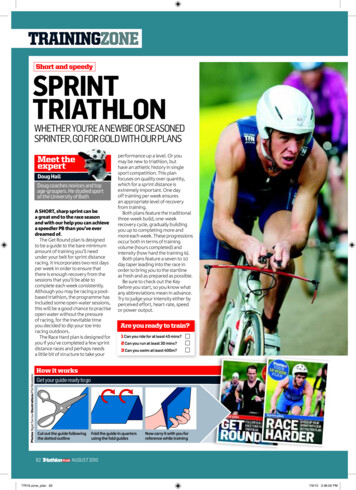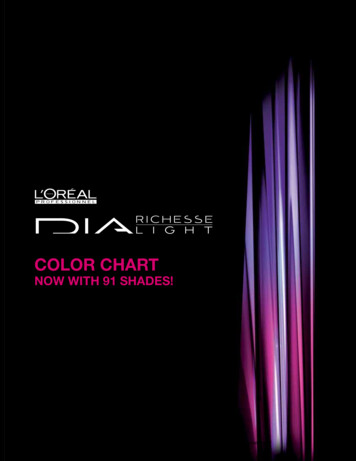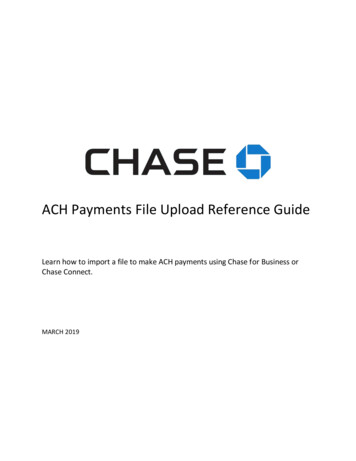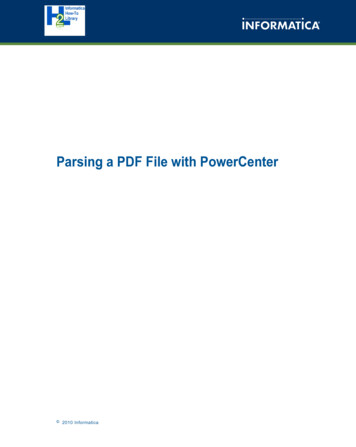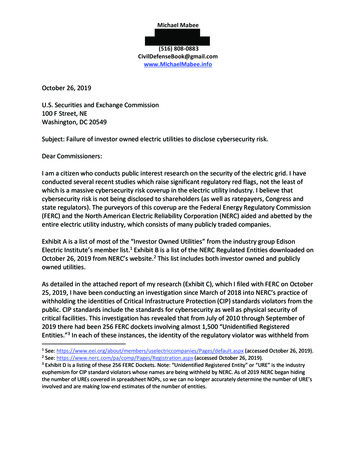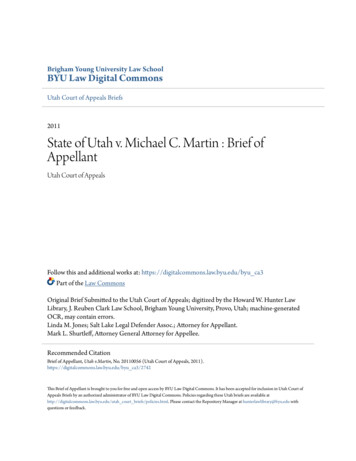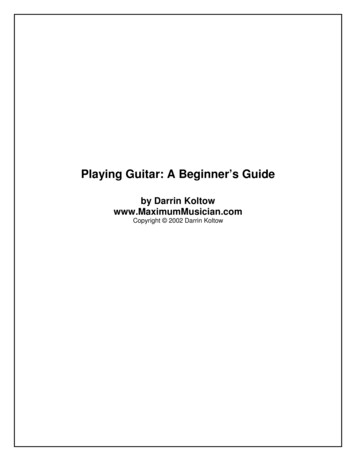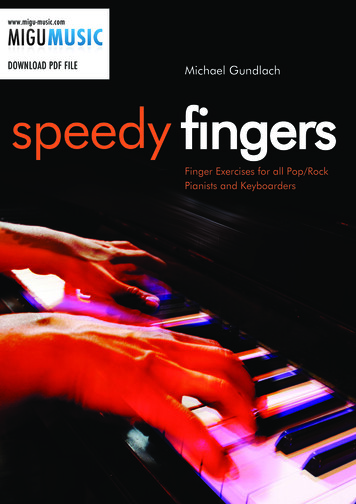
Transcription
www.migu-music.comDOWNLOAD PDF FILEMichael Gundlachspeedy fingersFinger Exercises for all Pop/RockPianists and Keyboarders
Speedy FingersTable of ContentsA short explanation.51. Exercises in C majorSeconds/Thirds. 6–12Fourths.13–14Sixths.15–17Octaves . 18–19Triads . 20–25C major Pentatonic . 26–29Four part chords . 30–33Triads/Four part chords. 34–35Blues scale in A. 36–37Chromatics. 38–392. Exercises in F majorSeconds/Thirds. 40–46Fourths. 47–48Sixths. 49–51Octaves. 52–53Triads. 54–59F major Pentatonic. 60–63Four part chords. 64–67Triads/Four part chords. 68–69Blues scale in D. 70–71Chromatics. 72–733. Exercises in G majorSeconds/Thirds. 74–80Fourths. 81–82Sixths. 83–85Octaves. 86–87Triads. 88–93G major Pentatonic. 94–97Four part chords. 98–101Triads/Four part chords. 102–103Blues scale in E. 104–105Chromatics.106–107 www.migu-music.com
4. Exercises in Bb majorSeconds/Thirds. 108–114Fourths. 115–116Sixths. 117–119Octaves. 120–121Triads.122–127Bb major Pentatonic.128–131Four part chords.132–135Triads/Four part chords.136–137Blues scale in G.138–139Chromatics.140–1415. Exercises in D hs. 151–153Octaves.154–155Triads.156–161D major Pentatonic.162–165Four part chords.166–169Triads/Four part chords. 170–171Blues scale in B.172–173Chromatics. 174–175 www.migu-music.com
A short explanationThe exercises in this book use the major scale, pentatonic scale, blues scale, and chromatic scale. These are thefour most common scales in pop and rock music. The scales are used often for composing melodies and forimprovisation.There are a total of 430 finger exercises in this book. 86 individual exercises are presented in five different keys.The scale studies are broken down into intervals and the exercises contain three and four-part chords, playingeach note individually.At first there is a basic exercise, with the left hand and right hand playing the same notes in unison. The reasonfor this is to train the often neglected left hand. Then we have the improvisation exercises, applying the studyinto a musical context. The left hand plays a simple accompaniment, as usual in a musical setting. Now we’rehaving fun! We’re playing typical pop and rock harmonies in the improvisation exercises.All the exercises include fingering to help you learn faster. Fingering is omitted when repeated from the previous exercise. If you find a fingering that suits you better, please use it!The CDAll 86 exercises (in C major) are recorded on the CD which can be downloaded at www.migu-music.com.Because these exercises are repeated in different keys, we’ve only included the examples in C major. Everyexample is played twice: first slow, then faster.Practice suggestionsPractice each exercise in this book individually with one hand. Mistakes are easier to correct and avoid wheneach hand is isolated. You can’t play it with both hands together, if you aren’t able to play it with each handindividually!Practice with a metronome to keep your rhythm steady. Start each exercise slowly and gradually increase thetempo.Listen to the exercise on the CD first, in order to hear the correct phrasing. www.migu-music.com
6Seconds/ThirdsC majorC major123 www.migu-music.com
20TriadsC majorC major373839 www.migu-music.com
104Blues scale in EG major78G major7980 www.migu-music.com
128Bb major PentatonicBb major54Bb major55 www.migu-music.com
Triads5152D major53 www.migu-music.com161
174ChromaticsD major83D major84 www.migu-music.com
The exercises in this book use the major scale, pentatonic scale, blues scale, and chromatic scale. These are the four most common scales in pop and rock music. The scales are used often for composing melodies and for improvisation. There are a total of 430 finger exercises in this book. 86 individual exercises are presented in five different keys.
